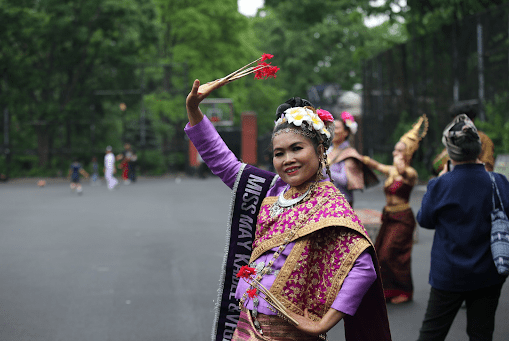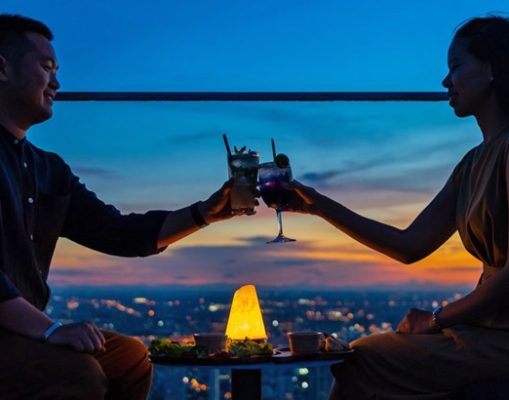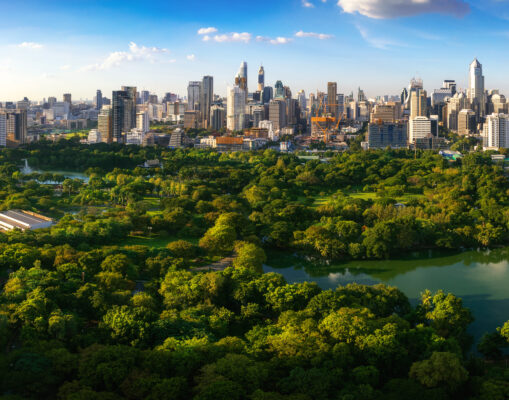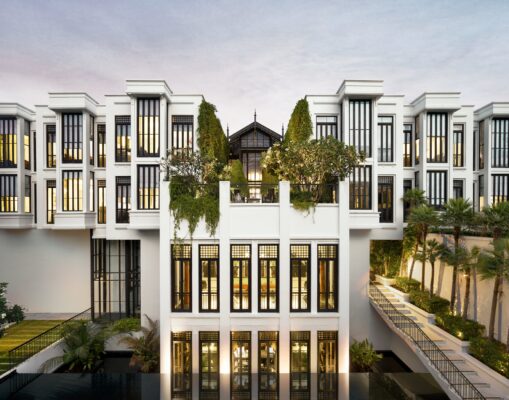With rice farming and agriculture dominating most of its area, Thailand’s central region covers the broad alluvial plain of the Chao Phraya River, which remains the most important waterway for the region’s residents who made the riverbanks their home since early settlements. The central region is separated from the Northeast by the Phetchabun mountain range and extends from Sukhothai to the Phitsanulok provinces in the north, bounded by the Phi Pan Nam Range, the region once known as Suvarnabhumi. This is home to Thailand’s longest-reigning capital and the current one, Ayutthaya and Bangkok respectively.
Putting the two capitals aside, the central region (plus Kanchanaburi in the west) normally plays second fiddle to other parts of the Kingdom as far as tourism goes, with the South luring tourists with its pristine seaside environments, and the culturally rich North and the Northeast attracting visitors with their irresistible traditional charms. Yet, there is more to explore in the central plain and beyond the vibrant Bangkok and cultural ruins of Ayutthaya. Lesser-known provinces pride themselves on being the hidden gems that add wonders to a traveler’s impressive travel experiences.
How To Get There
Most of the provinces in the Central region are small cities with no commercial airports. Yet they have an advantage for being close to Bangkok. From here, you can connect to anywhere in Thailand.
There are a variety of airlines that fly from the US, whether flying over the Pacific or routing through Europe and the Middle East. This includes Asian, European, Middle Eastern and US carries (United and Delta). These airlines all co-share with an Asian carrier and switch to JAL/ANA or Korean Air.
Most of the small provinces in Central Thailand can be reached within a couple of hours from the capital city and each is an alternative choice for a one-day trip, with the exception of Kanchanaburi which is ideal for a two-day vacation at least.
Main Cities
Bangkok
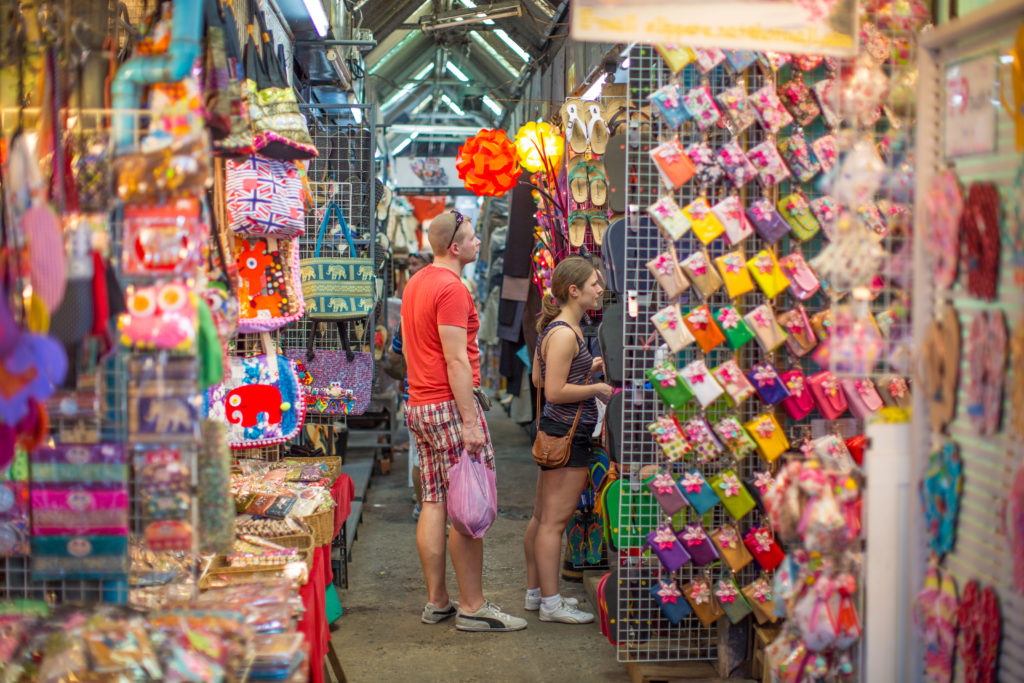
Being crowned the most visited city for four years in a row by MasterCard from 2015-2019, Thailand’s capital city oozes its metropolitan vibes and attracts 35+ million visitors annually pre-COVID-19.
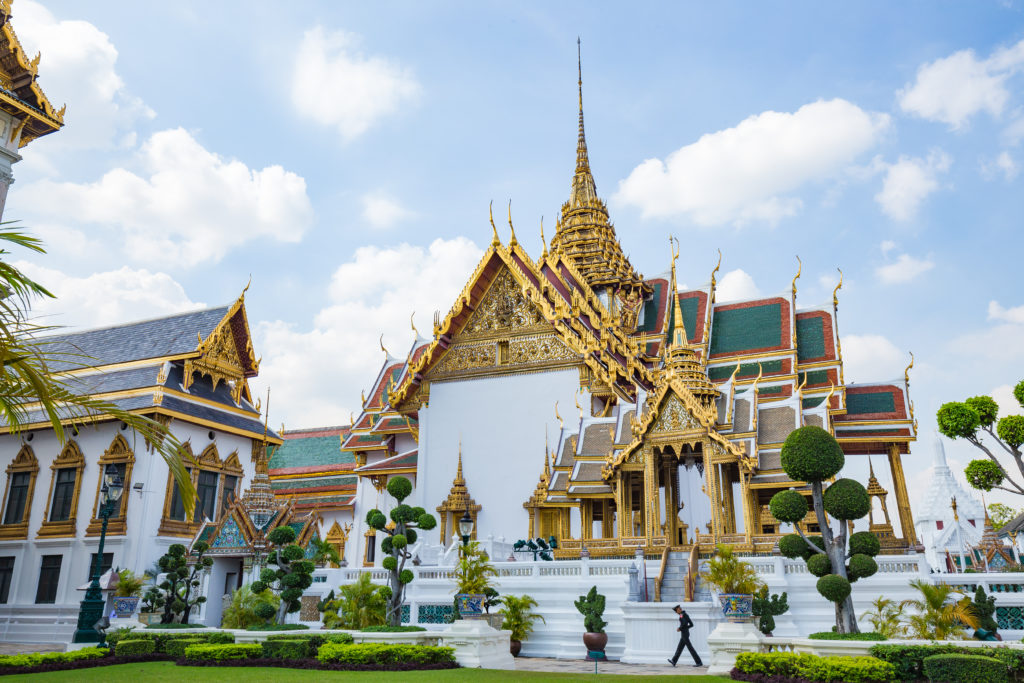
The Rattanakosin Island featuring The Grand Palace and The Temple of Emerald Buddha, the old town of Yaowarat, Khaosan Road, street food, and Michelin-starred eateries all contribute to Bangkok being one of the most visited cities in the world.
Ayutthaya
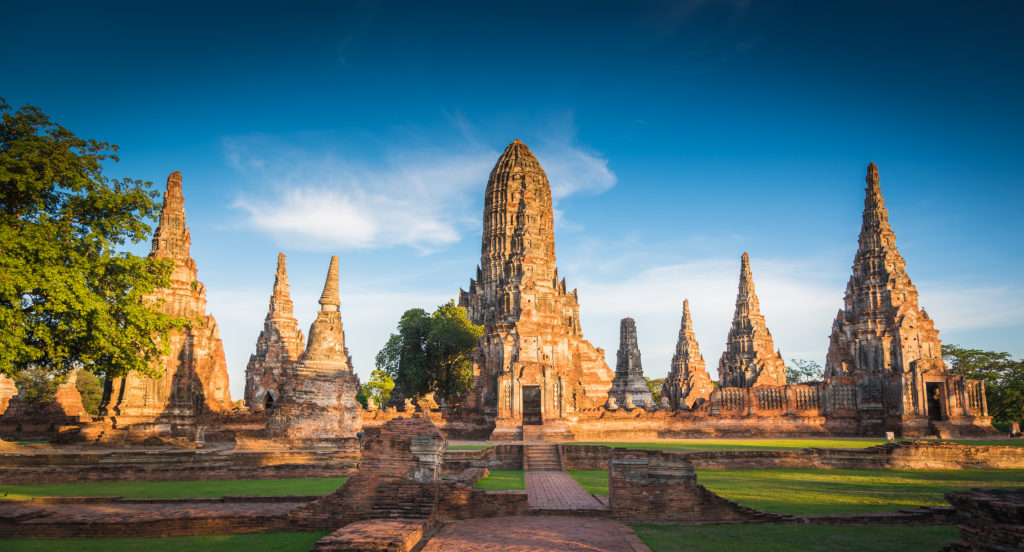
A mere hour’s drive and approximately 50 miles north of the capital, Ayutthaya stands out as one of the most visited provinces in the central region and Thailand. Over the last ten years, this former capital has played the backdrop for many Thai soap operas and epic dramas, making it an extremely popular attraction for local tourists who want to travel back in time. The region’s historic charm lets travelers see for themselves why the city of Ayutthaya has earned UNESCO World Heritage status.
The grandeur of those historic temples never ceases to keep visitors in awe. There are far too many monasteries and palaces in Ayutthaya for tourists to visit in just one day, so if you visit, plan on staying as long as you can.
Under the Michelin Guide in Thailand, Ayutthaya is one of the provinces where local restaurants and eateries are guaranteed, with Michelin stars and the sought-after Bib Gourmand status. The city now has even more allure for travelers who happen to be food-loving.
Kanchanaburi
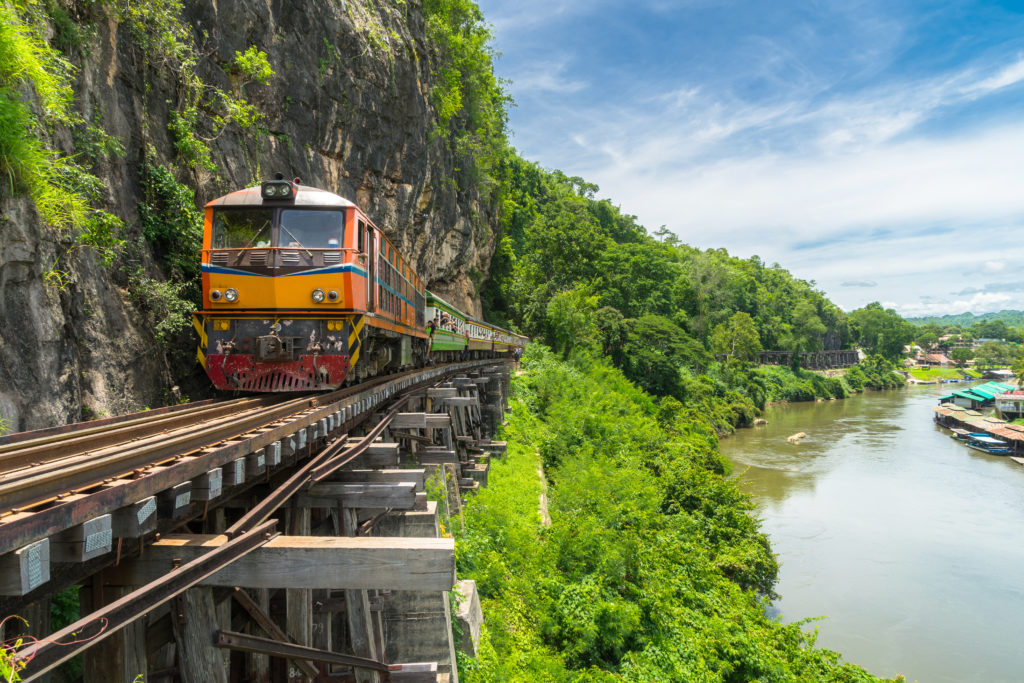
A favorite among locals, Thais go west as often to Kanchanaburi, which has multiple attractions to make the weekend getaway journey from Bangkok absolutely worthwhile.
Known locally for its natural wonders in the form of dense jungle, waterfalls and limestone caves, Kanchanaburi attracts international visitors who yearn to walk down the memory lane to witness its WWII-era Burma Railway built by prisoners of war and made famous worldwide thanks to the film ‘The Bridge on the River Kwai.’ A visit to the province is not complete without a stop at the Kanchanaburi War Cemetery, the cemetery for victims of Japanese imprisonment while building the infamous Burma Railway.
Kanchanaburi is also famous for its cultural diversity, with varied ethnic groups scattered all over the borders. The renowned Mon Bridge in Sangkhla Buri district, the 850-metre wooden footbridge, Thailand’s longest, spanning the Songaria River, has become a must-see and an unmissable check-in spot, making it one of the most photographed locations in the province.
Phetchaburi
About 80 miles (or less than 3 hours drive) southwest of Bangkok, another gem province awaits visitors. If you happen to have a sweet tooth, then Phetchaburi -famed for its desserts like Khanom Mokaeng – should be an ideal destination. The province known for palm sugar and as a major salt producer also boasts natural attractions, the most famous of which is none other than Kaeng Krachan National Park, Thailand’s largest national park, covering nearly 190 square miles, or nearly half of the province. Khao Wang, a palace near the city center which was built by King Rama IV in 1860 and officially called Phra Nakhon Khiri, remains the province’s landmark and one of the most visited spots, aside from its seaside beaches.
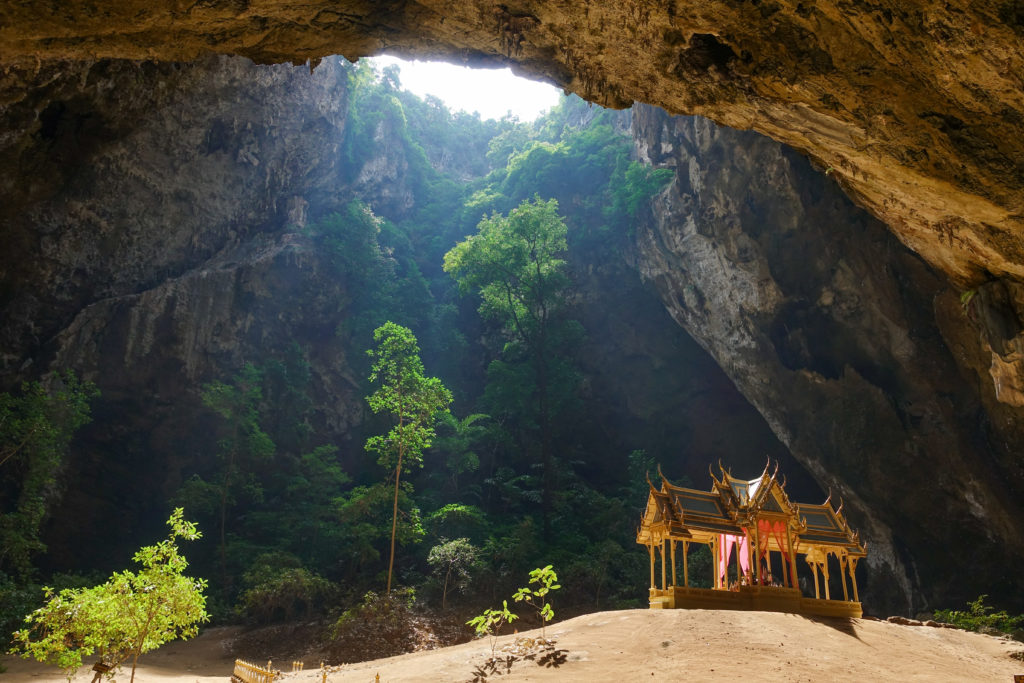
Prachuap Khiri Khan
Further down from Phetchaburi, travelers will enter Prachuap Khiri Khan which has over 125 miles of coastline. The province’s most famous beach town is a former quiet small fishing village known as Hua Hin. Now one of the country’s top tourist destinations, it features a powdery sand beach, a lively night market, scrumptious seafood and street food, as well as inland activities, including golfing, as the seaside town boasts some of Thailand’



